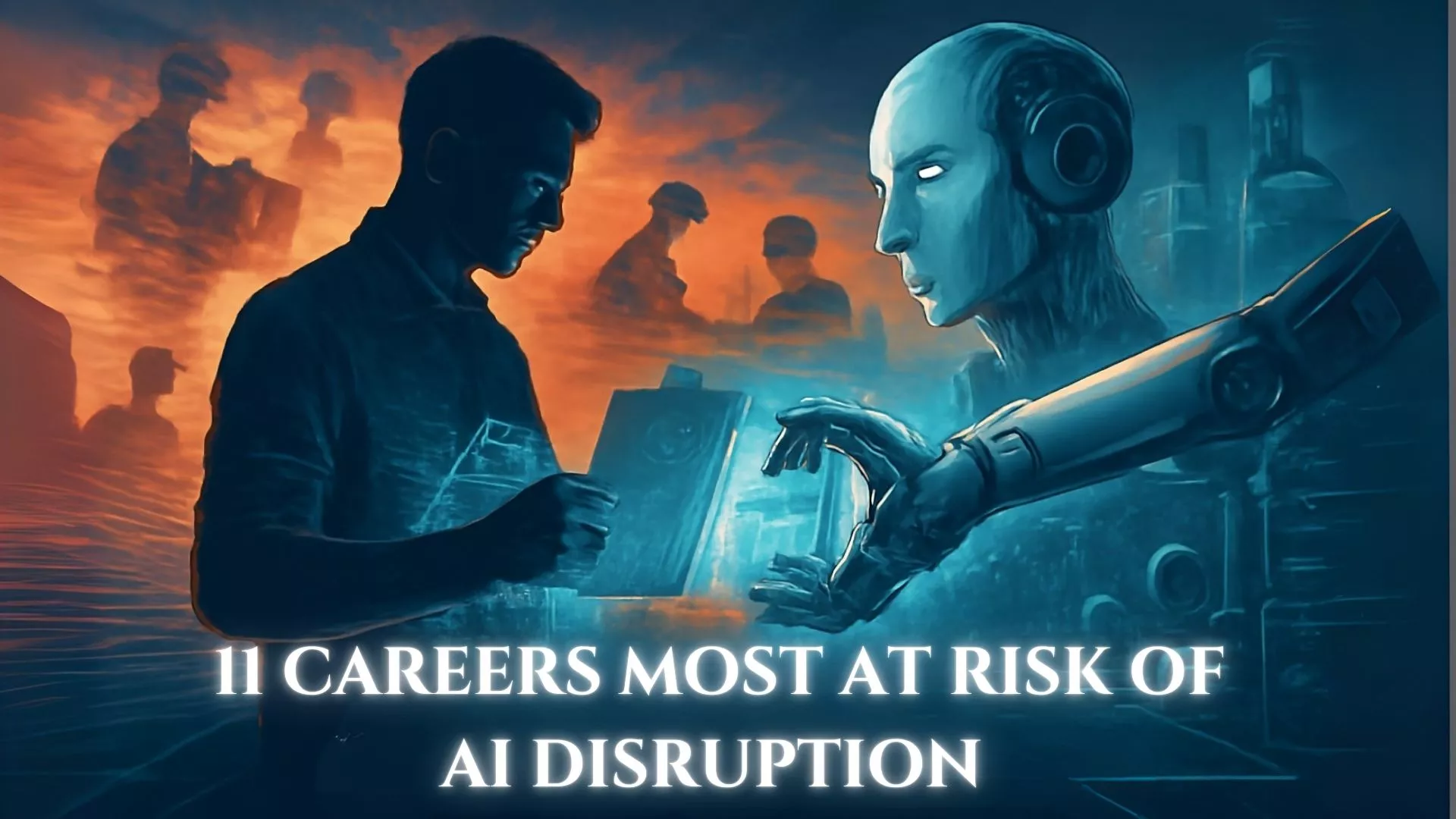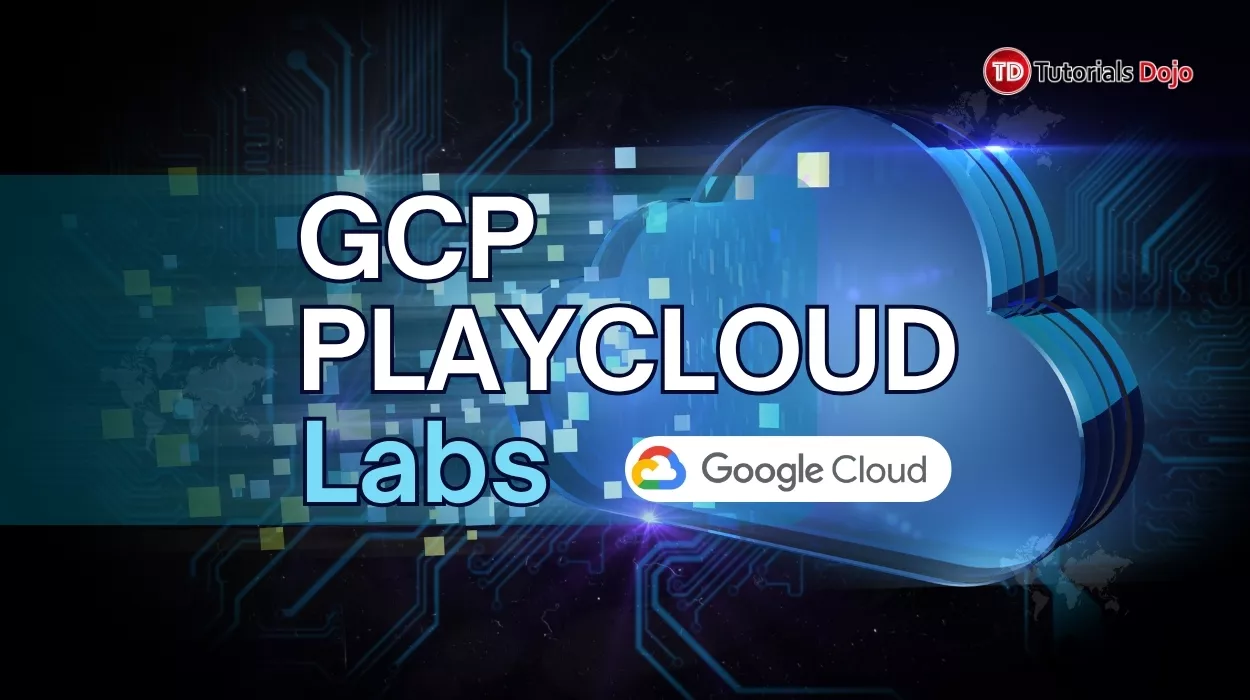Last updated on September 16, 2025
Every major technological shift has sparked fears of job loss — from the invention of the printing press to the rise of industrial machinery. In a similar vein, artificial intelligence (AI) is today’s version of that transformation. Unlike past tools, AI doesn’t just speed up physical work; rather, it can think, analyze, and even create. This raises a pressing question: Which jobs are most vulnerable — and how can professionals adapt? In this article, we’ll explore 11 careers at risk of automation, examine what disruption in those fields might look like, and most importantly, how workers can prepare themselves for the future. Artificial intelligence (AI) is reshaping the world as we know it, revolutionizing industries by mimicking human cognitive abilities such as reasoning, decision-making, and learning. Unlike traditional software, AI doesn’t just follow pre-defined rules. Instead, it can analyze data, recognize patterns, make predictions, and even create new content. This ability to perform complex tasks that once required human intelligence is what makes AI so disruptive. Moreover, AI’s potential is vast. While it can enhance efficiency, reduce human error, and operate at an unprecedented scale, its disruptive power lies in its ability to outpace human workers in many fields. For example, AI algorithms can predict stock market trends, automate customer service, and even diagnose medical conditions with increasing accuracy. Key categories of AI include: Reactive machines → respond to inputs without learning. Limited memory AI → learns from data over time (e.g., self-driving cars). Theory of mind AI (emerging) → aims to understand human emotions. Self-aware AI (theoretical) → a system with consciousness, not yet real. AI affects careers in three main ways: Automation → Machines now perform many tasks that once required human intervention, reducing the need for human workers in certain roles. For example, AI handles repetitive administrative tasks, data entry, and even routine customer service. Augmentation → AI doesn’t replace jobs but enhances human capabilities. Doctors now use AI to analyze medical images, and marketers leverage AI to segment audiences and predict consumer behavior more effectively. Transformation → Entirely new roles emerge as AI advances. Fields such as AI system design, data science, and AI ethics consulting didn’t exist before, but they are now vital parts of the workforce. Thus, while automation may replace some jobs, the real challenge lies in the speed at which existing skills become outdated. Workers must remain agile and continuously upgrade their abilities to keep pace with these changes. AI is revolutionizing the field of data analysis by processing vast amounts of information far faster than any human could. This allows it to spot trends, generate reports, and make predictions with incredible speed and accuracy. However, AI cannot yet match human intuition when it comes to interpreting complex, nuanced trends. Stay Ahead: Instead of competing with AI, workers should focus on roles that complement AI’s capabilities. Upskilling in areas like data storytelling, critical thinking, and the use of AI-driven platforms will allow workers to harness the power of AI without being replaced by it. Robotics, powered by AI, has already transformed logistics. Automated systems now perform tasks such as sorting, tracking, and moving goods within warehouses with exceptional efficiency. While AI is making strides in this area, it still requires human oversight to ensure smooth operations. Stay Ahead: Workers should consider transitioning to roles in robotics maintenance, supply chain analytics, or process optimization. These areas require human expertise to ensure that AI systems continue to function optimally. Automation has long shaped the manufacturing sector, but AI-driven robotics are now making production lines smarter and more autonomous. AI-powered machines can carry out tasks like welding and assembly with high efficiency, reducing the need for manual labor in some cases. Stay Ahead: Professionals should focus on roles like quality engineering, safety compliance, and managing AI-driven production lines. These areas will require human expertise to oversee the machines and ensure quality control. AI’s ability to analyze customer behavior and generate personalized ads is transforming marketing. AI now handles customer segmentation, ad targeting, and content generation with speed and precision. However, it still cannot replicate the creativity needed for effective brand building and emotional storytelling. Stay Ahead: Marketers should prioritize strategic areas like brand management, creative direction, and storytelling. These human-centric roles remain vital despite AI’s growth in the industry. Chatbots and AI-driven help desks are already handling many basic customer inquiries. While these technologies can address most routine issues, they still fall short in providing personalized support or resolving complex problems. Stay Ahead: Develop skills in empathy-driven customer service, complex problem-solving, and customer experience management. These roles require human interaction and emotional intelligence, areas where AI is still limited. Self-driving vehicles, such as autonomous trucks, taxis, and delivery vehicles, threaten to disrupt transportation jobs. While widespread adoption is still years away, the trend is undeniable, and many driving professions will be affected. Stay Ahead: Transition to roles in fleet management, logistics coordination, or AI systems monitoring. As self-driving technology becomes more common, the demand for skilled workers who can oversee and maintain these systems will rise. AI-powered writing assistants and grammar-checking tools are increasingly capable of proofreading text, reducing the need for human editors. While these tools can catch basic mistakes, they still lack the ability to understand the context and nuances of a piece of writing. Stay Ahead: Focus on editorial judgment, creative writing, and fact-checking—areas where human expertise remains essential. AI may assist in the process, but it will not replace the nuanced decision-making required for high-quality content. Automation in retail, such as self-checkout systems and cashier-less stores, is already eliminating many entry-level positions. Additionally, AI-powered inventory systems are making stock clerks and warehouse workers less necessary. Stay Ahead: Retail workers should consider exploring roles in customer experience, merchandising, or technology management. These positions will allow them to work with AI systems and help integrate them into the retail environment, ensuring their relevance in an AI-driven market. AI can process applications, assess risks, and set premiums at a pace far beyond human capacity. These technologies are becoming increasingly accurate, threatening traditional underwriting roles that once relied on human judgment. Stay Ahead: Transition to advisory-based roles, such as risk consulting or personalized client advising. These positions will involve more strategic thinking and human interaction, where AI cannot compete effectively. AI-powered CRM systems now handle lead scoring, personalized outreach, and even the closing of small-ticket deals. As these systems continue to improve, the role of the human salesperson is being redefined. Stay Ahead: Focus on building relationships, handling complex negotiations, and cultivating trust—skills that AI cannot easily replicate. By honing these abilities, sales professionals can position themselves as invaluable in a world of increasing automation. AI-powered inspection systems, which utilize advanced sensors and vision technology, can identify defects in products faster than human inspectors. While this reduces the need for manual quality control, human oversight is still crucial. Stay Ahead: Transition into roles that involve managing quality standards, ensuring compliance, and overseeing AI-powered inspection systems. This will allow workers to remain relevant even as AI takes over routine inspection tasks. AI is reshaping the gig economy, providing both opportunities and challenges for workers. Platforms like Uber, Lyft, and TaskRabbit use AI to match workers with clients based on location, availability, and expertise, improving efficiency and service quality. As AI tools become more prevalent in the gig economy, workers are experiencing both opportunities and challenges as they adapt to these new technologies. AI algorithms are being used to optimize task matching between gig workers and clients. For example, platforms like Uber, Lyft, and TaskRabbit use AI to match drivers or service providers with consumers based on factors like location, expertise, availability, and pricing. These platforms collect data on user preferences and continuously improve their recommendations to match workers with the right tasks, reducing friction and improving efficiency. AI is providing gig workers with more flexibility in how they manage their work. For instance, gig workers can use AI-driven apps to schedule work, track their earnings, or predict future demand based on historical data. These tools help workers plan their schedules more efficiently and optimize their earning potential. AI-powered tools also help workers improve their performance, such as apps that provide real-time feedback to drivers on how to improve their routes or ratings. While AI optimizes many aspects of the gig economy, it can also automate certain tasks traditionally performed by gig workers. For example, chatbots and virtual assistants are taking on customer service roles, allowing businesses to respond to customer inquiries automatically. This can reduce the need for gig workers in roles like telemarketing or customer support. Similarly, AI is automating certain types of freelance work, such as content writing, translation, or transcription, through tools like Grammarly, Google Translate, and Otter.ai. In platforms like Upwork or Fiverr, AI tools are used to automatically assess the quality of the work delivered by freelancers. AI can analyze coding work, design projects, or even written content for errors and quality issues. This helps companies maintain a high standard of work without the need for manual review. It can also assist gig workers in improving the quality of their output by providing real-time feedback. Many gig platforms are leveraging AI to analyze and predict labor trends within the gig economy. For example, platforms might analyze the times when certain jobs are in higher demand or where supply is low, allowing workers to make data-driven decisions about when and where to work. This data can be used to forecast earnings potential and optimize gig workers’ strategies for maximizing their income. The increasing use of AI to automate certain tasks, particularly in the service industry, poses a risk of job displacement for gig workers. As AI systems handle more routine tasks, gig workers in roles like customer service, telemarketing, or data entry may find their opportunities shrinking. The demand for these roles could decrease as automation becomes more prevalent. As AI tools become more accessible, there may be an increase in competition among gig workers. For instance, platforms may use AI to evaluate the skill level of workers, and those with higher ratings and better performance metrics could receive more job offers. Conversely, those who are less skilled or less familiar with AI-based tools may find it harder to compete. This could create a gap where workers with more technological literacy or experience using AI systems have a significant advantage over others. Gig workers often face the challenge of inconsistent income and lack of benefits, such as healthcare or retirement plans. The introduction of AI tools that focus heavily on performance metrics and task completion could further exacerbate this issue. Since AI-driven platforms rely on algorithms to allocate work, workers may be assigned tasks based on efficiency rather than personal need, potentially leading to an imbalance in income generation. As AI systems become more integral to gig platforms, there are important ethical concerns regarding data privacy, transparency, and fairness. Gig workers’ personal data, including location and work preferences, are often used to feed AI algorithms that match them with tasks. Without proper regulation, there is the potential for workers’ data to be misused or for platforms to prioritize AI optimization over fair treatment of workers. While AI may automate some tasks, it is also creating new opportunities for gig workers. For example, as businesses adopt AI, there will be a growing demand for individuals who can manage and maintain AI systems. Gig workers can find new roles as AI trainers, data annotators, and AI ethics consultants. These roles require human oversight and expertise, ensuring that AI systems are functioning as intended and remain ethical. Gig workers who invest in learning how to use AI-driven tools will be better equipped to thrive in the changing economy. By mastering AI technologies, gig workers can increase their efficiency, improve their service offerings, and increase their earnings. For example, freelance graphic designers can use AI-based design tools to enhance their designs or speed up their workflow, allowing them to take on more projects. AI has the potential to create more efficient and profitable marketplaces for gig workers. Platforms like Upwork, Freelancer, and Fiverr are beginning to incorporate AI to match workers with the right clients, manage workflows, and provide automated contract management. These AI-powered systems can help gig workers find the most suitable tasks, set competitive prices, and get paid faster. AI tools that help gig workers manage their schedules and earnings can offer improved work-life balance. By leveraging predictive analytics, gig workers can better understand when their services are in demand and adjust their schedules accordingly. AI-driven apps can also help workers avoid overworking, providing reminders or alerts when they have completed a certain number of tasks. AI is reshaping the gig economy, creating both challenges and opportunities for workers. While automation may reduce the demand for some types of gig work, new roles and services will emerge, requiring workers to adapt and upskill. Those who embrace AI as a tool to enhance their work, rather than a threat to their livelihood, will be best positioned to thrive in this new economy. Additionally, platforms and policymakers will need to ensure that ethical considerations are at the forefront of AI implementation to protect workers’ rights and data privacy. While some roles may shrink, new ones are already emerging: AI Trainers (feeding and refining datasets). Prompt Engineers (designing queries for AI tools). AI Ethics Specialists (ensuring fairness and compliance). Human-AI Interaction Designers (building user-friendly AI experiences). This shift highlights that AI doesn’t just take away — it also creates opportunities. To remain resilient in the age of AI, focus on these areas: Adaptability → Comfort with learning new tools. Creativity → Designing, storytelling, problem-solving. Emotional Intelligence → Human connection and empathy. Technical Literacy → At least a basic understanding of how AI works. Ultimately, AI will not end work but rather evolve it. The future of work involves collaboration between humans and AI, where humans leverage AI to amplify their abilities. To succeed, workers must be adaptable, continuously upskill, and focus on areas where human expertise and creativity remain vital. As history has shown with previous technological revolutions, those who embrace change and continue to learn will not only survive but thrive. AI is not a threat but an opportunity for those willing to adapt.
What Is AI and Why Is It Disruptive?
How AI Affects Jobs
11 Careers Most at Risk of AI Disruption
Research and Data Analysis
Warehouse Operations
Manufacturing and Production
Marketing and Advertising
Customer Service
Driving and Transportation
Proofreading and Editing
Retail Jobs
Insurance Underwriting
Sales
Quality Control
AI and the Gig Economy
How AI Is Impacting the Gig Economy
Platform Optimization and Task Matching:
Increased Flexibility with AI-Powered Tools:
Automation of Tasks:
AI-Driven Quality Control:
Gig Economy Labor Analytics:
Challenges for Gig Workers in the AI-Driven Economy
Job Displacement:
AI-Driven Competition:
Lack of Job Security:
Ethical Considerations:
Opportunities for Gig Workers in the AI-Driven Economy
New Roles and Services:
Upskilling and Adaptability:
AI-Powered Marketplaces:
Improved Work-Life Balance:
Adapting to AI in the Gig Economy
Jobs AI Is Creating (The Flip Side)
Skills for the Future Workforce
Conclusion: Navigating the Future of Work






















